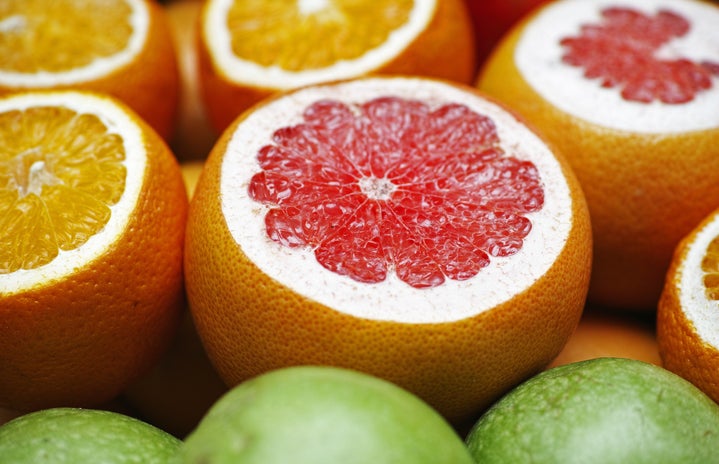Nutrition labels are so frustrating. They seem to hide and lie to you. The packaging says that the flapjack is healthy but the red traffic lights seem to suggest otherwise? How do we know how many servings those biscuits are? And how many calories is this?
Luckily HCX are here to help. Nutritional labels can be very very hard to understand, but with these few tips you will be a pro.
-
Remember calories are not everything! Sure, too many calories and you will gain weight but a calorie is not just a calorie. 100 calories of coca cola does not interact with your body of digest the same way as 100 calories of spinach. So, look at the calories but don’t worry too much: just focus on eating plant based whole foods and you cant go too wrong.
- 1. Look at the serving sizes. Often the information will be given for 100g of the product. If there are four servings in the 100g packet then divide all the information by 4. Similarly if the packet is 250g then times all the information by 2.5. Also, if the product is dried (like dried pasta) often the 100g nutritional info will be given for 100g of the cooked pasta. So google the conversion rate and remember that 100g of cooked rice or pasta makes nearly double the volume of cooked rice and pasta
-
Look at fiber. Healthy plant foods should have high fiber rates. Fiber should be everyone’s best friends. A high fiber diet stops bloating, helps digestion and even prevents colon cancer (as well as constipation.) Also insoluble fiber goes straight through the body and as each gram of fiber has 4 calories, if the spelt bread has 5g of fiber per slice than your body will pass through 20 calories from the bread. Fiber also keeps you fuller for longer so eat products with more fiber for overall health and especially for weight loss
-
Ignore the front. Products can label their products low fat even if the fat isn’t that low, the best way to see how healthy a product actually is is to look at the back. And remember that its saturated fats and trans-fats you want to avoid (not healthy fats from things like nuts or avocados.)
-
Salt is more important that you think. Salt stimulates the tastebuds and is addictive so things with high salt contents (like crisps/ pringles) can be mourish and addictive. So remember to go for low salt or no added salt foods to avoid overeating
-
If you don’t understand it, don’t eat it. If a label has hundreds of weirdly named ingredients that you probably need a chemistry degree to demystify then it is not worth eating. If you can’t understand what all of those carbonates and flavourings mean then neither will your body! Stick to eating things without labels or with ingredients that you understand on the labels the majority of the time!
We are not advocating reading nutrition labels or obsessing over food but what we are here to help if you are trying to learn what’s in your food. It is good to know that those fat free low calorie yogurts are actually just as unhealthy for you as the less-processed full-fat varieties. So go forth and be happier and healthier and more aware of what you are putting in your body!

